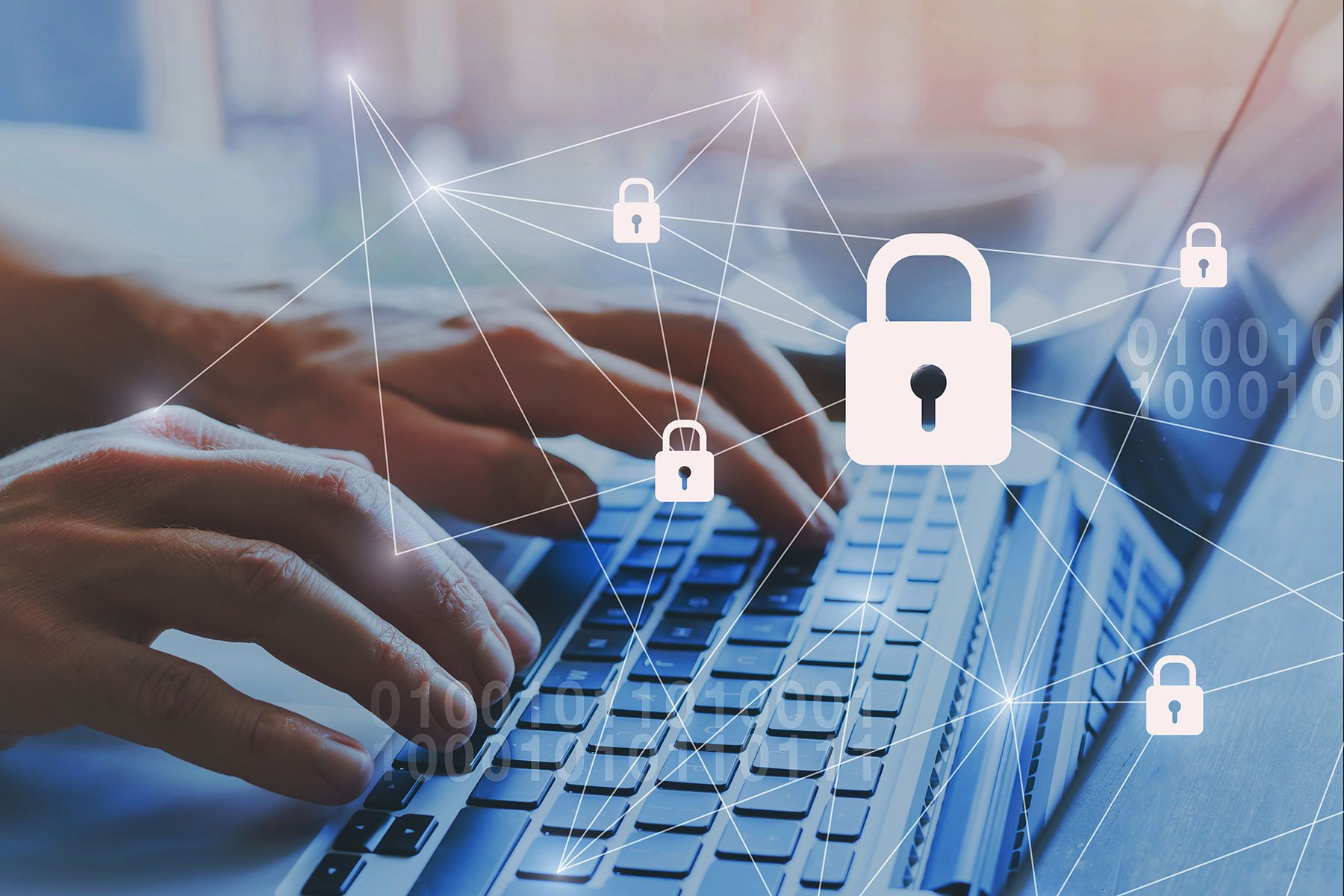
- Conduct Privacy Impact Assessments (PIAs):
- Perform PIAs to identify privacy risks related to data collection, processing, storage, and sharing. Implement controls to mitigate identified risks.
- Adopt Privacy by Design Principles:
- Incorporate privacy considerations into the design of processes, systems, and technologies from the outset. Minimize data collection, use anonymization where possible, and ensure data security.
- Implement Robust Data Security Measures:
- Establish stringent data security protocols, including encryption, access controls, and regular security audits. Ensure compliance with data protection regulations such as GDPR and CCPA.
- Provide Privacy Training and Awareness:
- Educate employees and stakeholders on privacy best practices and compliance obligations. Offer training on data handling procedures, incident reporting, and privacy rights.
- Develop and Communicate Privacy Policies:
- Draft clear privacy policies outlining how personal data is collected, used, disclosed, and protected. Communicate these policies to employees, clients, and other relevant parties.
- Ensure Transparent Data Practices:
- Maintain transparency about data processing activities and privacy practices. Inform individuals about their rights regarding data access, rectification, and deletion, and obtain consent where required.
- Monitor Compliance with Privacy Regulations:
- Regularly audit and monitor compliance with privacy regulations and organizational policies. Review data processing activities, conduct privacy assessments, and address non-compliance issues promptly.
- Establish Data Retention and Disposal Policies:
- Develop policies for retaining and securely disposing of personal data. Define retention periods based on legal requirements and business needs, and ensure secure data deletion methods.
- Implement Privacy Incident Response Plans:
- Prepare and implement incident response plans to address privacy breaches. Outline procedures for reporting, investigating, mitigating, and notifying affected individuals or authorities as required by law.
- Engage with Privacy Authorities and Experts:
- Maintain communication with privacy authorities, regulatory bodies, and legal experts to stay informed about evolving regulations and compliance requirements. Seek guidance on complex privacy issues and collaborate on compliance initiatives.




